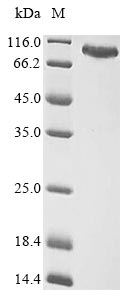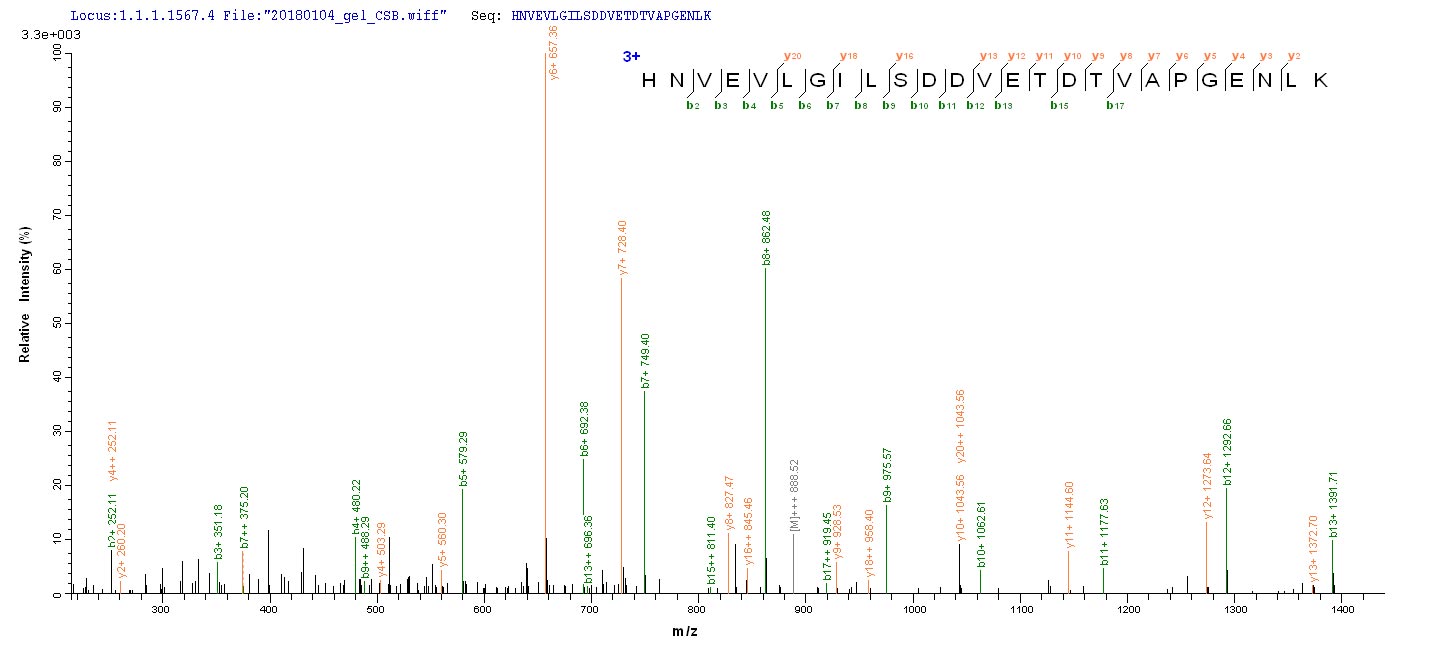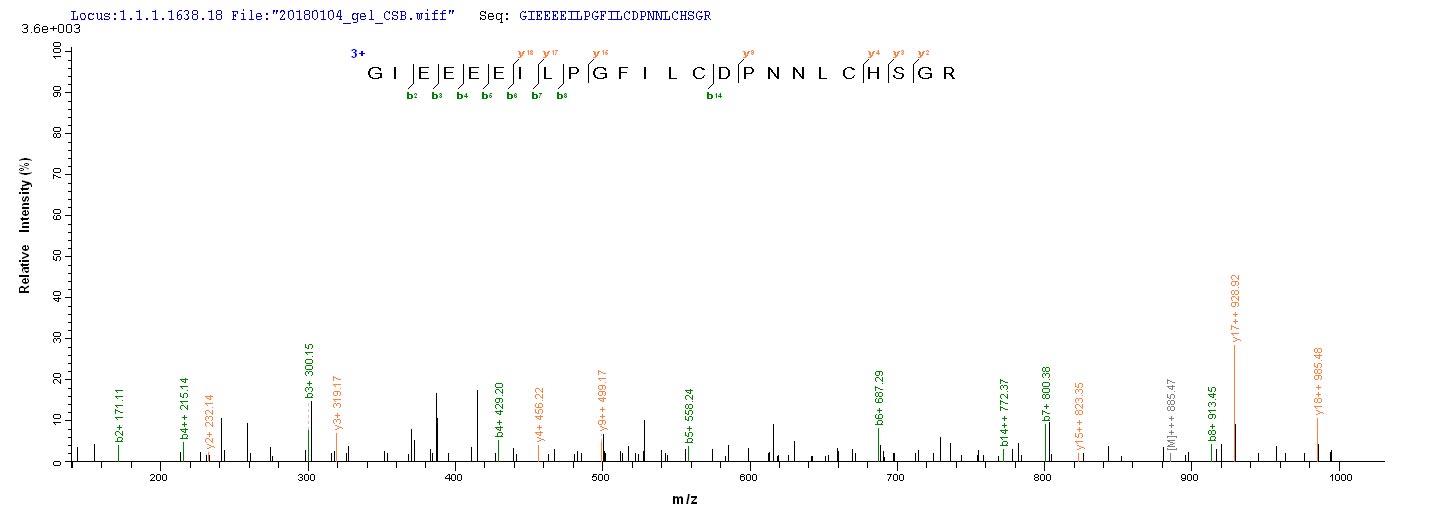The recombinant Human GSPT1 was expressed with the amino acid range of 1-499. This GSPT1 protein is theoretically predicted to have a molecular weight of 99.8 kDa. Expression of this GSPT1 protein is conducted in baculovirus. The N-terminal MBP tag and C-terminal 6xHis tag was fused into the coding gene segment of GSPT1, making it easier to detect and purify the GSPT1 recombinant protein in the later stages of expression and purification.
The current research on Eukaryotic peptide chain release factor GTP-binding subunit ERF3A (GSPT1) focuses on two major areas: protein synthesis and transcriptional regulation. In the realm of protein synthesis, GSPT1's role is closely scrutinized, particularly its potential impact on regulating the growth and survival of tumor cells. On the other hand, in the field of transcriptional regulation, GSPT1 participates in intricate networks that govern gene expression, influencing cellular physiological processes. These two primary research directions aim to provide new perspectives for a deeper understanding of GSPT1 functions and the treatment of associated diseases.








